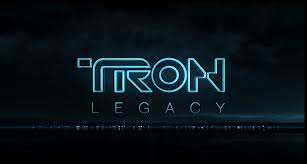Sound
Sound is a key feature used in the media today, the extra dimension that sound adds to films has been acknowledged since the early days of the cinema when live music was played in the cinema to accompany the silent films being shown. Sound plays a major role in the key to success in the media today because it shows are more or less sophisticated media. Sound helps make a film more interesting with the combining elements of dialogue, music and sound effects.
There are many types of sounds but in this post i will be focusing on the 3 main types of sound in the media today and they are:
- Diegetic & Non-Diegetic
- Sound Bridges
- Parallel & Contrapuntal sounds
Diegetic & Non- Diegetic
Diegetic sound are those sounds that are visible on the screen or whose source is implied to be present by the action of the film. Diegetic sounds include voices of characters, sounds made by objects in the story and music represented as coming from instruments.Diegetic sound is any sound presented as originated from source within the film's world Diegetic sound can be either on screen or off screen depending on whatever its source is within the frame or outside the frame.
The distinction between diegetic or non-diegetic sound depends on our understanding of the conventions of film viewing and listening. We know of that certain sounds are represented as coming from the story world, while others are represented as coming from outside the space of the story events. A play with diegetic and non-diegetic conventions can be used to create ambiguity (horror), or to surprise the audience (comedy).
Sound Bridges
A sound bridges is something that when the scene begins with the carry-over sound from the previous scene before the new sound begins. Sound bridge gives a film more sense of linking or joining together a film. Sound Bridges are a part of a films continuity. They can occur at the beginning of one scene when the sound from the previous scene carries over briefly before the sound from the new scene begins.
Parallel & Contrapuntal sounds
Parallel is a sound that we hear usually complements what we see, for example sounds for happy images, exciting music for exciting scenes and sad music for sad scenes. This is called Parallel sounds as the name suggests. Parallel sounds are things that match the music tone and mood of the character or scene.
The imminent arrival of the man-eating shark. Thus, what we see and what we hear do not match. This is called contrapuntal sounds . Contrapuntal means at a counterpoint to Some people call this asynchronous sound, as in NOT synchronous, that is not synonymous . It doesn't matter which you use.






